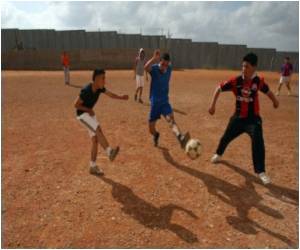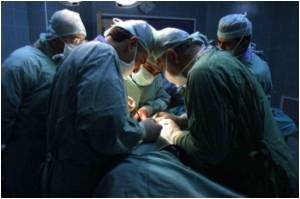An estimated 1.68 to 3.8 million sports-related concussions occur each year in the United States, and there are likely a significant number that go unreported.

While considerable strides have been made in the neurological approach to concussion, one thing that has not changed since the early days of the specialty is the importance of a differential clinical diagnosis from other more severe head injuries. This criteria includes the presence or absence of a skull fracture with or without depression, cerebral contusion, or the onset of delayed deterioration of consciousness secondary to cerebral compression from delayed accumulation of hemorrhage or infection.
"The neurosurgeon's commitment to treating traumatic brain injury is implicit, providing a safe haven for all patients regardless of the severity of the injury or the time of day or night that they arrive in the emergency department. The unifying message among the cutting-edge science and statistics is that neurosurgeons are committed to advancing the clinical understanding and efficacy of all aspects of sports concussion through advocacy and education, patient care, on-field interventions, prevention, and groundbreaking research," Dr. Rosseau said.
Select Article Highlights – New Research
One of the hallmarks of concussion is that neurological signs and symptoms are imparted after biomechanical force to the brain in the absence of macroscopic neural damage. The New Neurometabolic Cascade of Concussion updates what is known about the acute neurometabolic changes that occur after concussive brain injury. The authors propose potential new connections between neurobiology and early clinical symptoms and to cellular processes that may underlie long-term impairment.
From animal model studies, there is growing evidence that neuroinflammatory cascades play a significant role in the pathogenesis of disease after mild traumatic brain injury (TBI) and possibly repetitive subconcussive injury. Models of Mild Traumatic Brain Injury: Translation of Physiological and Anatomic Injury provides a broad general overview of the current efforts to model mild TBI in animals. The authors discuss the challenges and limitations that exist in translating behavioral, physiological, and anatomic knowledge from animal model to human.
Advertisement
Established in 2000, The University of Pittsburgh Medical Center Sports Concussion Program was the first of its kind. At the core are very specific clinical trajectories used in assessment, treatment, and rehabilitation: cognitive, vestibular, ocular, anxiety, cervical, and migraine. In Establishing a Clinical Service for the Management of Sports-Related Concussions, the authors detail the tests/screenings that are used clinically and provide evidenced-based data on why they are recommended.
Advertisement
The Postconcussion Syndrome in Sports and Recreation: Clinical Features and Demography in 138 Athletes yields clinical insights on a syndrome that appears to be more prevalent in young athletes. Clinical aspects of postconcussion syndrome (PCS) are examined in 33 sports, with ice hockey comprising 72% of the sample group. About 20% of cases of PCS occurred after the first concussion and an additional 20% after the second concussion. The average number of persistent symptoms was 7.6, with a range of 3 to 21 persistent symptoms. The most common symptoms experienced were headaches, memory disorders, concentration problems, balance problems, and dizziness.
An estimated 63,000 mild TBIs occur annually in American high school athletes requiring at least temporary removal from play for clinical evaluation, with 63% in football. Repeated concussions have long been suspected to lead to chronic neurological disorders, yet there are currently no perfect tools to accurately predict long-term impairment. The Long-term Effects of Repetitive Mild Head Injuries in Sports explores the science behind potential neurological implications of repeated concussion, including second impact syndrome, a phenomenon that has a higher prevalence in young athletes, as well as the possible link between previous head trauma and chronic traumatic encephalopathy.
"While there are still great strides to be made in the field, this supplement offers encouragement that considerable progress has been made on many fronts regarding the clinical understanding of sports concussion and prevention. It is our hope that one day, professional and amateur athletes, as well as millions of average people pursuing recreational activities they love, can do it safely each and every day, without the fear of head injury," Dr. Rosseau concluded.
Source-Eurekalert









